Ancient Psychedelia: Alien Gods & Mushroom Goddesses
Online Book - Chapter 10, Page 152
Back to Online Book Mainpage / Next Page (Chapter 10, Page 153)
| Josephus, in Against Apion, writes: “By main force they easily seized it without striking a blow; and having overpowered the rulers of the land, they then burned our cities ruthlessly, razed to the ground the temples of gods… Finally, they appointed as king one of their number whose name was Salitis. He had his seat at Memphis, levying tribute from Upper and Lower Egypt and always leaving garrisons behind in the most advantageous positions.” (12) Headdresses tell us a lot about the culture, since most of them have various types of mushroom heads or hats and they are all slightly different. Early Egyptian statue heads from the 12th or 13th Dynasty, c. 1802–1640 BC, have what we call a bowl cut (10e) which resembles the heads of statues of Canaanite Israelis, said to resemble the Hyksos (10g). 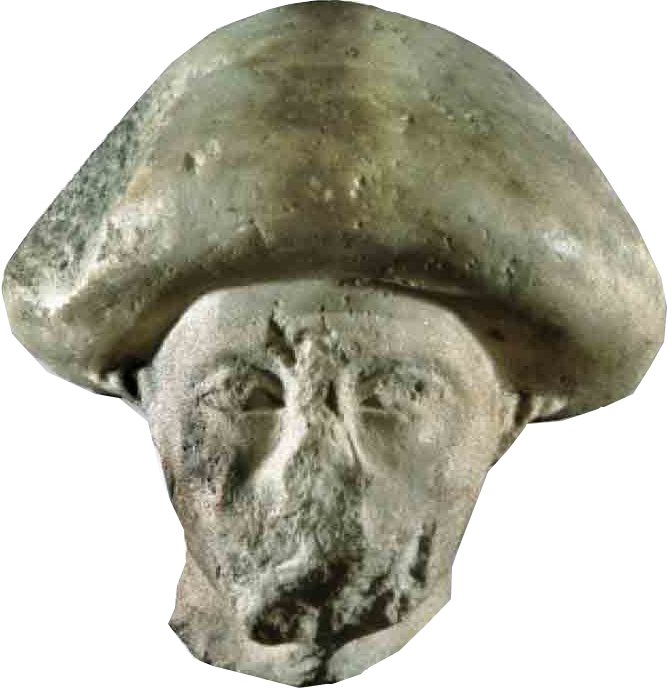 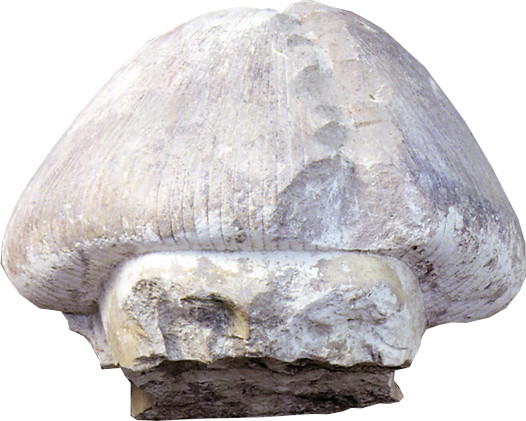 R: (10g) Headpiece from a bust from Canaan/Israel Asiatic Style of Hyksos Croziers, Shepherds Crooks & the Kronia The Crozier or shepherd’s crook is an interesting symbol for us to examine. Both Greek and Roman gods such as Pan, Kronos, Faunus and Silvanus carry this staff as do many other deities. The Crozier in one form or another goes back to ancient Neolithic and Copper Age iconography. A noted Tisza figurine from Szegvar-Tuzkoves, Southeastern Hungary, depicts a man seated with a staff or hook in his hand, very similar to the later Crozier imagery of the Greek and Roman deities. The Greek Kronia festival was an annual harvest festival celebrating Kronus. The concept of the crozier then originally started out as a scythe used for harvesting. The Kronia in Greece, held on Dec. 17, became the Saturnalia in Rome where it was the liveliest festival of the year. People would stop working and slaves would be given free reign, to do and say as they pleased. Moral restrictions were loosened, and it was a time of harvest celebration. The Romans had a story about the history of the occasion being marked by human sacrifice, based on an ancient Latin interpretation of mythology, but this has never been substantiated and may be attributed to propaganda, superstition or just plain ignorance. (13) |
In Egypt, the crozier appears as a shepherd’s sheep hook, and Osiris, as the “good shepherd” tends his flock and holds the crozier. Later, priestly dignitaries within the Catholic Church would also hold this same crozier. I’m not going to put this forth as a theory, but I do wonder if the Caduceus also evolved out of this same primitive harvest concept and evolved alongside the crozier after a certain period. They are indeed very different symbols however, the Catholic crozier is always mounted by a serpent or a pair of serpents, which identifies the more modern crozier with the caduceus and not the harvest scythe (61a, b, c, d, g). (14)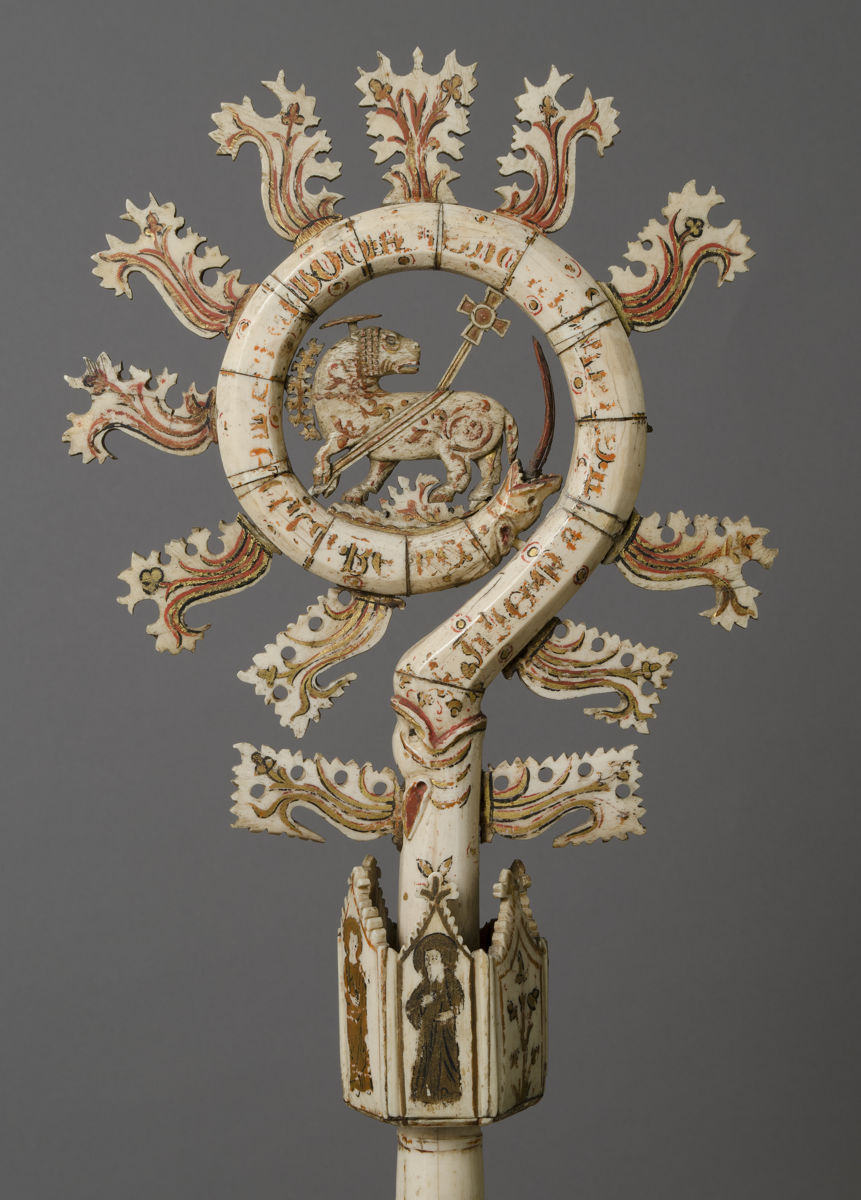 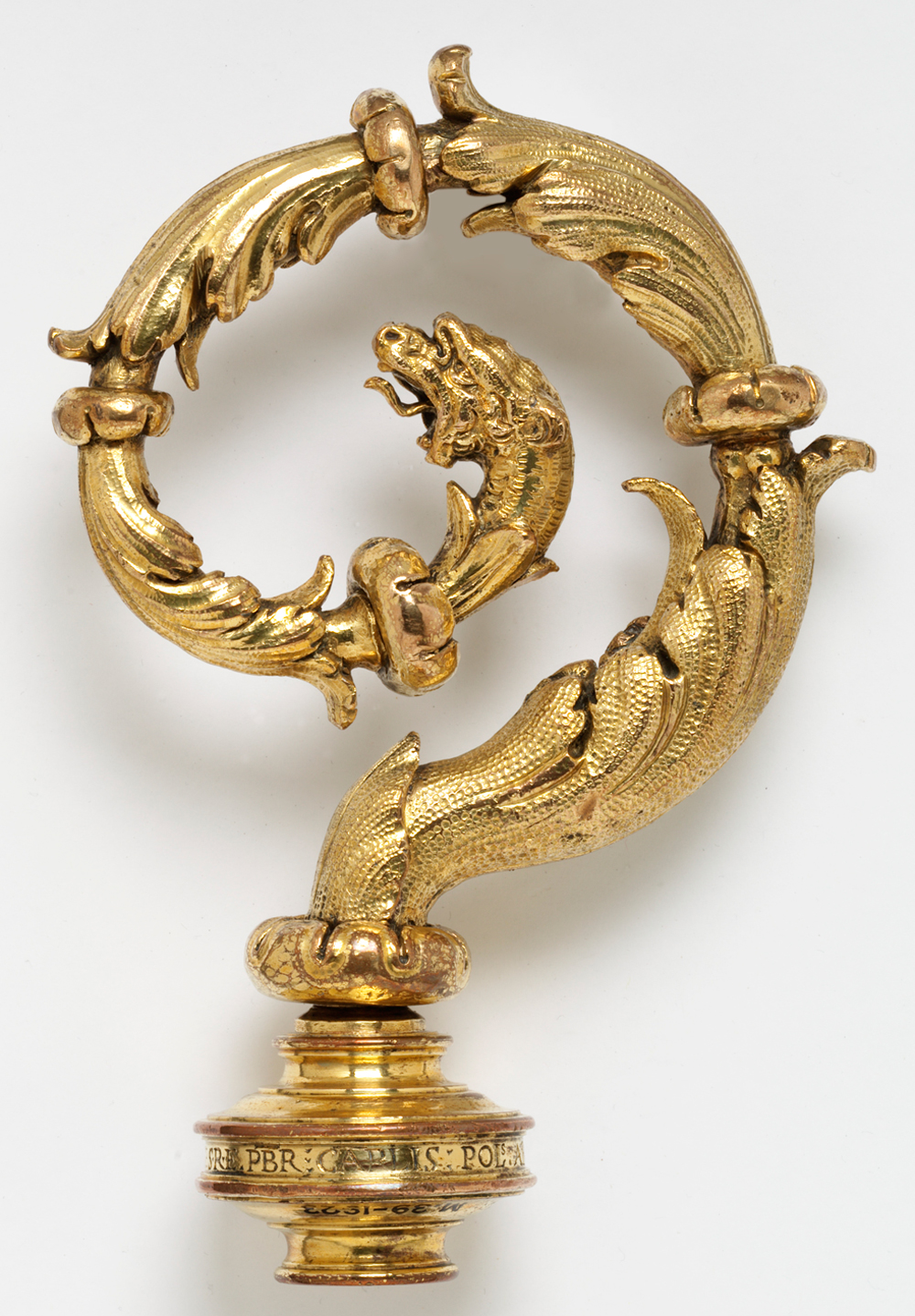 R: (61b) Crozier Head. Tuscany, Italy Victoria And Albert Museum L: (61c) Eastern Orthodox St. Dimitry of Rostovt Middle (61d) Eagle of St. John. Possibly Sicily c. 1300-1400 AD 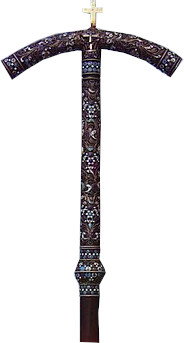 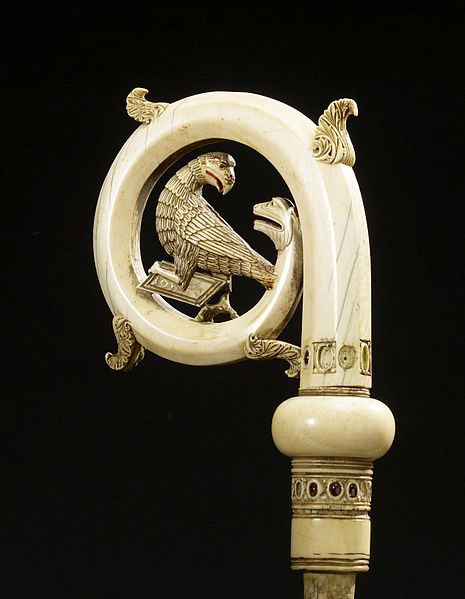 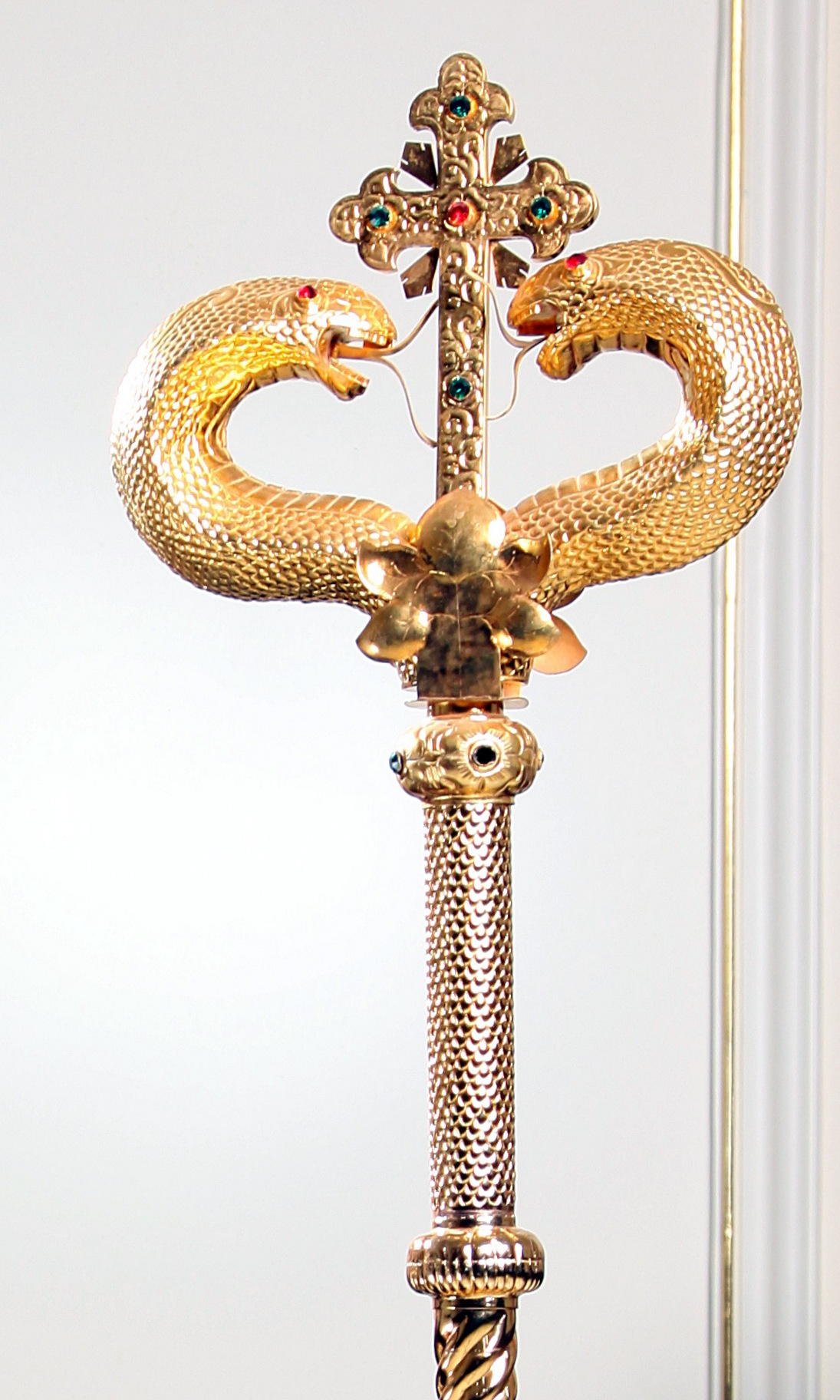 R: (61g) Syriac Orthodox Bishop The fact that the crozier is mounted with a serpent and held by a priest, should be evidence enough to link this shepherd’s staff to the mushroom just like the caduceus. The word “medicine” itself, likely has a linguistic ancestor in the mushroom. From Latin we get medicina, meaning medicine, medicus, meaning physician, and medeor, meaning to heal. All three having med as the root word. Med, or sometimes, mad, occurs in various languages as a root word, which, in Persian, gives us the word madha, meaning “medical science” and also “wisdom.” In Sanskrit, medha means “intelligence” and “wisdom.” In Greek, medos means “advice” and medomai means “to think about,” lending itself to our English word “meditate,” from the Latin word meditari. (12) Against Apion, I:75–77 (13) https://www.britannica.com/topic/Saturnalia-Roman-festival#ref1242885 (14) The Language of the Goddess, p. 177 |
Go Back to Page 151